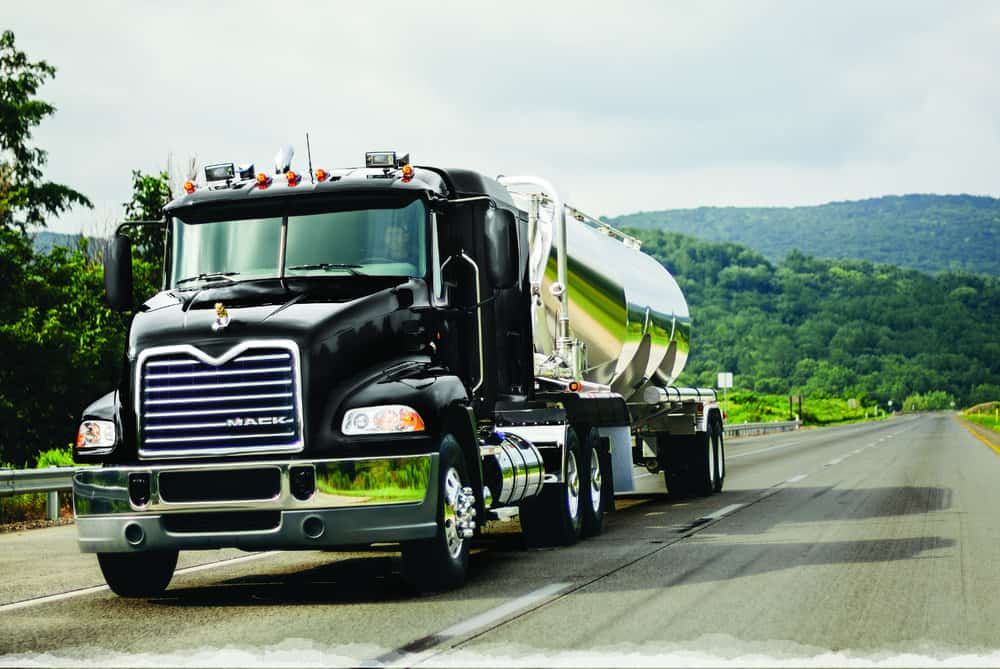
Fuel efficiency is still possible as new technologies, strategies overcome early concerns
Fleets outfitting their tractors with 6×2 axles are still finding benefits, but adoption of the configuration has been slow according to a North American Council for Freight Efficiency (NACFE) and Carbon War Room update to its 2013 Confidence Report on 6×2 axles.
Still, the fuel-saving benefits of 6×2 axles first found in 2013 are still there, NACFE said, but fleets are finding even more ways to implement the axles, leading to this updated report. The research team found that first generation 6x2s with tag axle, which featured no load-shifting technology and manual differential locks, produced a 2-3% fuel savings and a 300- to 400-pound weight savings, but they also lead to accelerated tire wear and poor traction under certain conditions. This contributed to a poor perception of their performance by drivers, something that still exists today.
But as with any technology, fleets and suppliers are finding solutions.
“While we found that the fuel savings benefits as well as the challenges from the original report are largely still true, new product refinements are coming to the market that are aimed at addressing some of the concerns fleets had about 6×2 axles,” said Yunsu Park, NACFE study team manager. “For instance, fleets dedicated to 6x2s are improving tire wear by changing the tire models they use and limiting the torque when launching the truck. Also, driver training is a significant part of a successful 6×2 implementation.”
Updated 6x2s are now on the market and NACFE found those provide better even more opportunities. For instance, with what has been deemed “second-generation” products, fleets incorporating manual or automated load shifting, traction control, engine parameter adjustments to reduce low speed clutch engagement and engine brake torque have found that tire wear can be improved and traction issues limited. So-called third-generation products with a liftable pusher axle, automatic load-sensing/load shifting, traction control, and engine parameter adjustments to limit low speed/brake torque are useful for fleets expecting to carry less than 60,000 pounds at least 30% of the time. These fleets could see a 2% fuel savings with improved traction over generation two products.
“The fuel-savings potential, combined with a skeptical industry on the technology, has spurred some interesting innovations with respect to 6x2s,” said Mike Roeth, executive director NACFE.
This updated report also examined the conclusions based on the first report, and while the fuel savings didn’t change, some other conclusions have been adjusted. For instance, some early adopters of 6x2s found tire life on the drive tires was reduced between 50 and 70%. Those fleets that have adjusted their tire strategies, though, have been able to reduce this decrease to about 20%, the group said.











